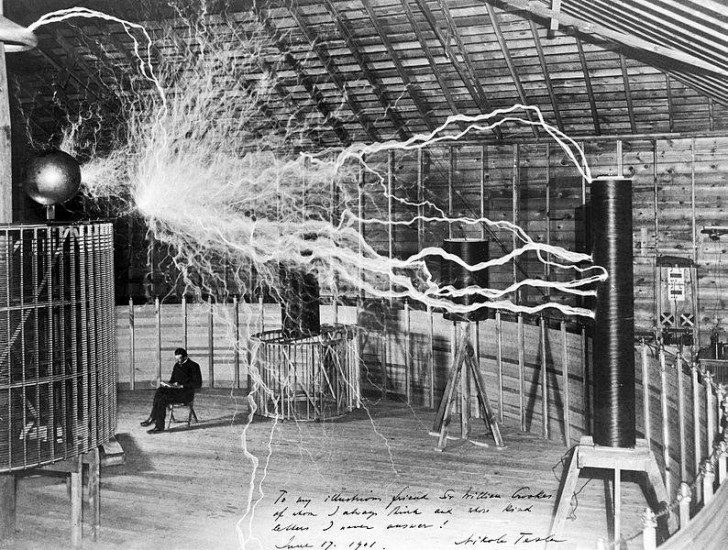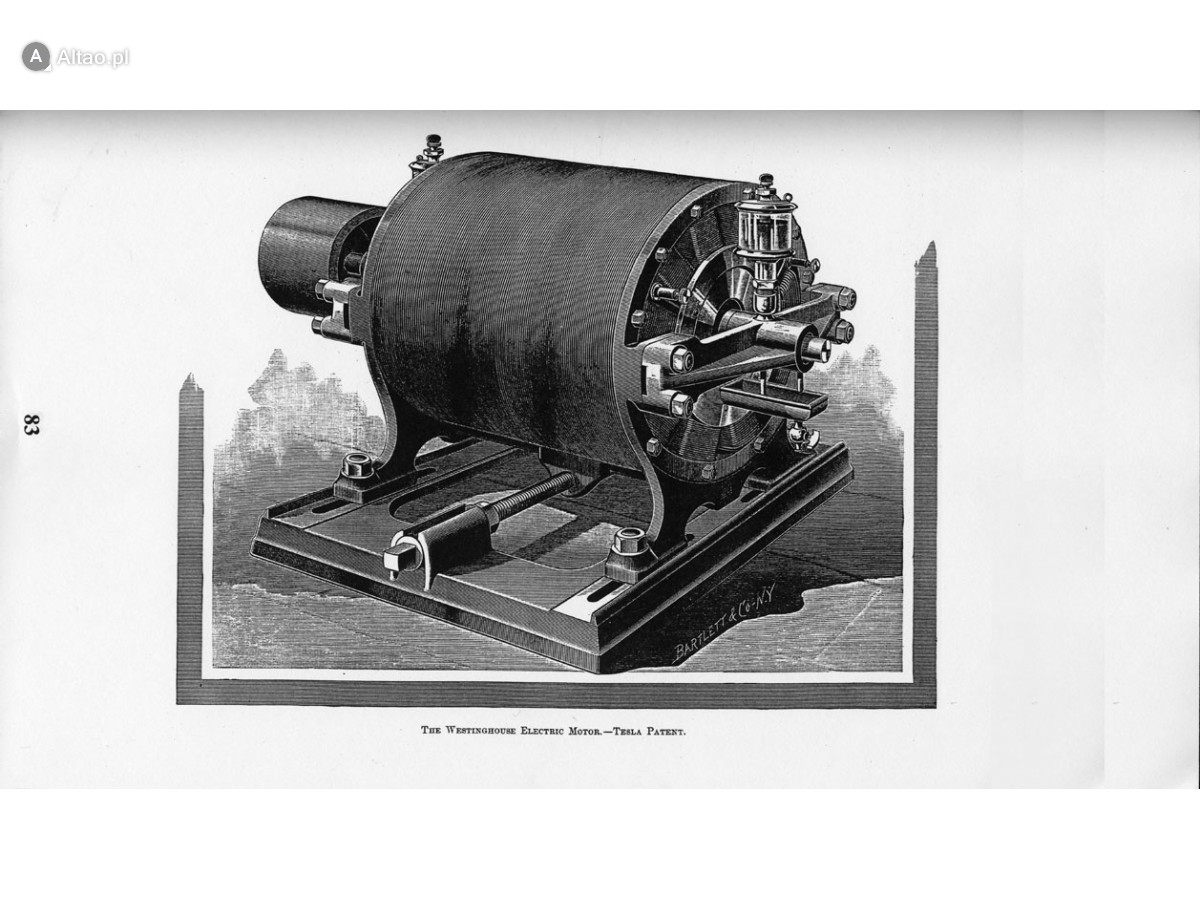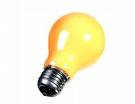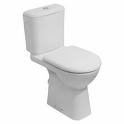 Who and when invented the light bulb?
Who and when invented the light bulb?
It is difficult to imagine modern apartments or any buildings without a light bulb. Fireplaces and candles are only decorative at present, and no one is serious about using them to illuminate their home. That's why we have electricity and various types of light bulbs.
The inventor of the bulb is commonly considered to be the American scientist Thomas Alva Edison, however, you cannot ignore Joseph Swan when talking about her, who worked on it before. The first light bulb, which Swan was able to present to the public had a "cartridge" made of glowing carbon fiber. However, the disadvantage of this bulb was its short-lived nature. It wasn't just carbon fiber that was fragile, but also under the conditions of the time it was not possible to create a suitable vacuum in the glass bulb.
Swan's invention was perfected by Thomas Edison. He improved the light bulb by using a different type of filament, which were much more durable and gave more power. He patented his invention a year after Svan, and although he was not the original inventor of the light bulb, his name is more often associated with it.
Swan and Edison came to an agreement on the distribution of light bulbs. Edison may have advertised and sold them in the US, Swan, on the other hand, in the United Kingdom. Over time, it ended with the establishment of a joint company, which produced light bulbs. The biggest change, what has happened with time in their appearance and design was the change of the fiber in them from carbon, and then graphite to the tungsten filament.








